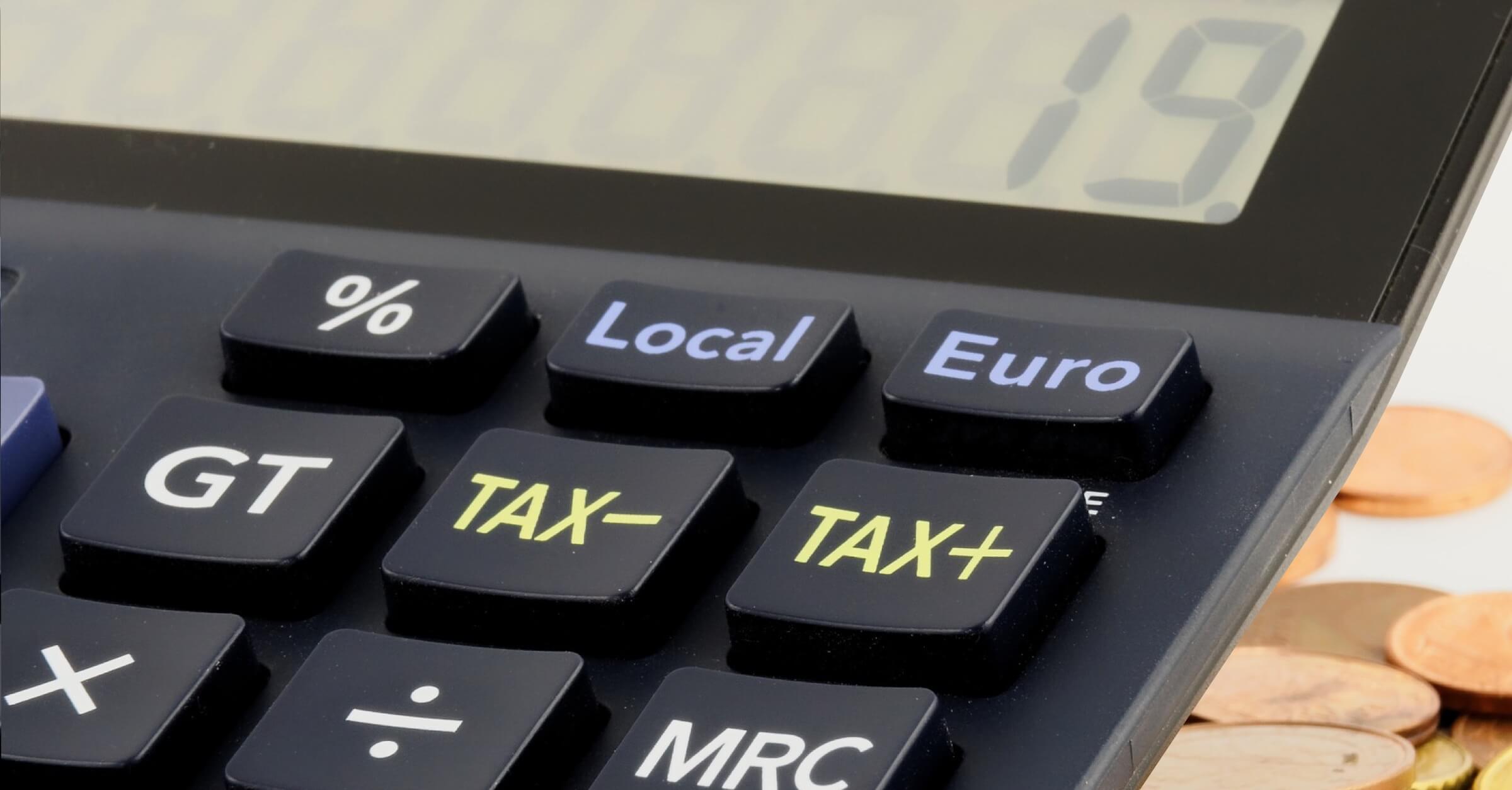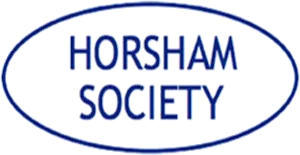End of Year Tax Planning for Entrepreneurs and Profit Extraction from your Company
As the end of the tax year creeps ever nearer, it’s a good time for entrepreneurs and businesses to review your approach to profit extraction. As the next blog in our end of year tax planning series, we review some of the main points for your consideration.
Dividend taxation
In almost all cases, dividends are the most tax efficient way of extracting profits from a family company because of the impact of national insurance contributions.
The regime for taxing dividend income, whether from a family company or quoted investments, is as follows:
- A Dividend Tax Allowance charges the first £2,000 of dividends received in a tax year at 0%.
- For dividends above £2,000, rates of tax on dividend income are 7.5% for basic rate taxpayers, 32.5% for higher rate taxpayers and 38.1% for additional rate taxpayers.

However, there are a number of implications depending on your circumstances:
1.Salary v dividend
This regime narrows the benefit of taking dividends rather than salary from a family company. But the impact of national insurance contributions, for both employers and employees, results in dividends being the most tax efficient method of extracting profits from your business.
In taking dividends, it is normal to retain a minimal salary subject to national insurance contributions to qualify for state benefits, particularly qualifying years for your state pension.
2. Adult children
In circumstances where your adult children can acquire shares in your family company, if they receive no more than £2,000 in dividends, they will have no tax to pay on this income. This might prove a tax efficient way of transferring income to your children but without incurring any dividend tax on that income yourself. As a variation on this approach, dividends within the basic rate band would provide greater funds, albeit subject to a 7.5% dividend tax charge, and could fund post 18 education or help towards a first house purchase.
3. Gift Aid
There is a further complication if you make significant charitable donations under Gift Aid. The tax credit on your donation has to be funded out of the income tax and capital gains tax you pay. The abolition of the dividend tax credit means you will pay less income tax. If you are considering making substantial donations under Gift Aid and you have substantial dividend income most tax years, it will be necessary to ensure you have paid sufficient income tax and capital gains tax otherwise you will receive a demand for the shortfall from HM Revenue and Customs.

4. Interest
If you have lent money to your company, paying interest on your loan is another way to extract profit tax efficiently as no national insurance contributions will be payable on the interest which will be tax deductible against your company’s profits.
Pension Contributions
Background
The concept behind investing in a pension scheme is sound.
You get tax privileges as you put money in and whilst you invest. In addition, you only pay tax when you take money out and even then, there is the tax free lump sum to be taken.
By adequately funding a pension scheme, it becomes possible to consider inheritance tax planning as your post-retirement standard of living will have been secured.
Annual allowance
The tax relief you will receive on your pension contributions is capped at the maximum of your earnings or, if less, the amount of £40,000. The tax relief will be given at your marginal tax rate.
It is however possible to carry forward unused relief for up to three years. In 2019/20, any unused relief from the three previous years (£40,000 for each of 2016/17, 2017/18 and 2018/19) may be utilised with the current year allowance against your income in 2019/20.
Securing full tax relief will be subject to the level of your pensionable earnings.
Contributions made by your employer, including those made under a salary sacrifice arrangement, will also contribute to using up the annual allowance.
Moreover, no tax relief will be obtained for contributions in excess of this limit and you will be liable to an annual allowance charge to remove the tax relief on the excess contributions.

Restriction on pension tax relief for higher earners
The government introduced a taper to the annual allowance for those with adjusted and annual incomes, including their own and employer’s pension contributions, over £150,000. For every £2 of adjusted income over £150,000, an individual’s annual allowance will be reduced by £1, down to a minimum of £10,000 for those with pensionable earnings of more than £210,000.
There is however a threshold before the tapering annual allowance applies. If your net income is £110,000 or less, tapering of your pension contributions will not apply, subject to the targeted anti avoidance rules.
In addition, negotiation with your employer may be required if pension contributions have been reduced by the employer so that you receive additional salary for the pension contributions not paid by your employer.
For more information about tax efficient profit extraction and tax planning, please contact us.


